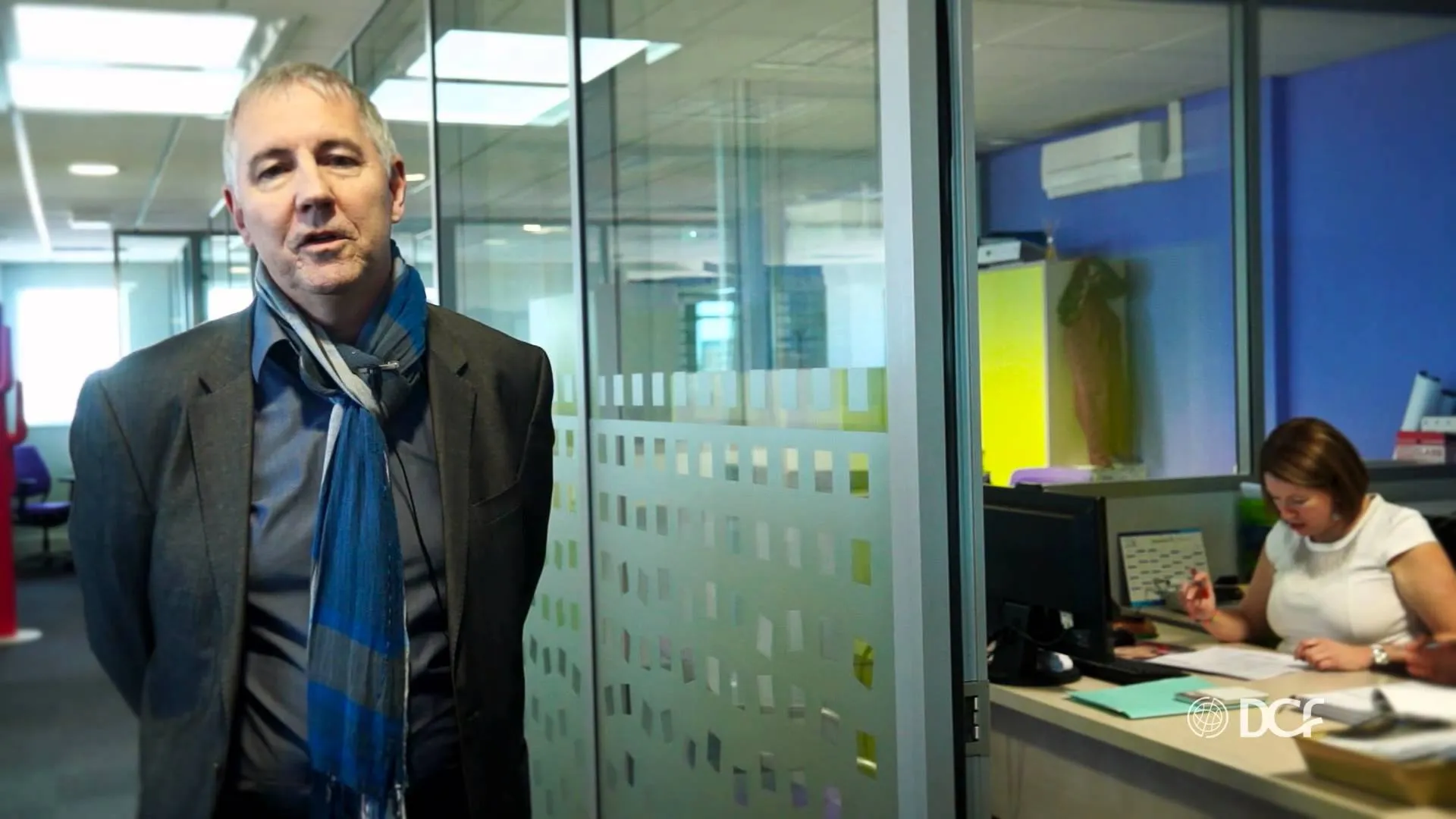
Lean Startup Adventure, day 7: Second Problem interview with Adista

Each problem interview is an opportunity for learning. Our previous customer interview validated the pain point, but not the terms we use to describe it. That’s a major concern, because it conditions our ability to acquire customers. For our second Problem Interview, we met Gilles Caumont, President of Adista, a French hosting company.
Who Is Adista?
Adista is a provider of hosted services. The company offers mutualized tools and datacenters to their customers, mostly SMEs and local authorities. This company also provides high speed communication links. So, they provide the containers, the tools and the way to access them. SaaS is their DNA. They are based in Nancy, France, they have been operating for more than 30 years, and their 2014 yearly revenue is over 54 Million Euros.
Mr Caumont gives us useful information on his own customers, who are in one of the market segments we want to address: the Small and Medium Enterprises (SME). He observes that the SME market is a Microsoft market. So Adista’s customers ask for Windows environments and Microsoft tools. The company also uses a lot of Microsoft tools, especially Lynk, renamed Skype For Business earlier that year.

Documented interview
When asked what kind of data is stored by his company, Mr Caumont tells us that, of course, they store their customers data, but they are not accessing it at all for commercial / marketing purposes. He adds: “We are not Google”. So Customer data isn’t something they need a backend admin for. By the way, he tells us that the security of their customer data is the biggest concern of the company. And mentions that Adista has an accreditation for health data hosting.
Adista uses Microsoft Sharepoint, but the trend is to replace it, and some other tools, by a homemade ERP running a SQL database. Building their own ERP is an opportunity for Mr Caumont to put in it the soul of the company: the ERP reflects the vision of the owner. We see here the importance for a company to have tools that really correspond to their business.
When the question on ranking the problems comes, Mr Caumont answers that the main priority is that the tools have to be adapted to the business. These tools must lead to as less errors as possible. As for usability, it’s almost not a concern. If the ERP requires several clicks to perform an action, the people using the ERP learn to chain these clicks faster and faster every day. And the added value of a more usable interface is very hard to measure, since it translates only into a few spare seconds here and there for assistants. Usability really comes after reliability.
Takeaways
The most important learnings come when, at the end of the interview, Mr Caumont gives us his feedback about our vision:
- Thinking about data is a programmer vision. Regular people think about tasks! So we should communicate on use cases, not data. Incidentally, as we can’t pretend to deal with all use cases, this means that admin-as-a-service must specialize. Identify one smaller customer segment, identify the tasks and datasources they use, and automate them, that’s the only way.
- Tools currently used by SMEs are something like 10 years late on the API point of view. Most of them don’t expose APIs at all. Assuming we can connect to existing REST endpoint is way too idealistic.
- Our tool proposes to give the power back to people to rearrange information in a more efficient way in their day-to-day work. But, according to Mr Caumont, people are already doing this self-empowerment with the Bring Your Own Device (BYOD) trend.
Conclusion
We made a few more interviews after this one. Here is what we understood during this first series of customer interviews. Our product solves a problem which doesn’t exist in the customer segment we’re addressing.
Corporate organizations separate data analysis (BI, reading data) from day-to-day business steering (ERP, reading and writing data). Extending on the idea of dashboards to add editing capabilities doesn’t work, because the customer segment using dashboards don’t edit the data.
Also, although the Marketing people seem the most consumers of SaaS services, they use specialized tools (BI, Analytics, CRM, DMP). These tools are much more sophisticated than Create, Retrieve, Update, Delete (CRUD) interfaces, and are built with specific domain knowledge (with specializations in eCommerce, CMS, etc).
That being said, there is a strong pain point in data transfers from one software to another. But solving this pain points requires connectors, or ETLs, not a full-fledged admin GUI.
If there is a customer segment interested in Admin-as-a-Service, it’s not in the Marketing department. Maybe in the IT department?
All in all, we have learned a lot during these interviews - much more than we’d have learned by building a proof of concept earlier. Actually meeting people in person is an incredible opportunity to gather learning in a cheap way.
Next Steps
We have to update the Business Model to target another customer segment. Then, we must do customer interviews again, this time with customers in the new segment. Rinse, and repeat, until we can have ten consecutive customer interviews with converging conclusions matching our assumptions.
Let’s skip the story of these iterations, and go straight to the next logical step after successful Customer Interviews: building a synthetic customer profile - a Persona. That’s the subject of the next post in this series.
Credits:
Thumbnail picture: Lines and curves, by josef.stuefer
Picture of Gilles Caumont: Le mot de Gilles Caumont, by Dirigeants Commerciaux de France (Fédération DCF)
Authors

Agile coach and scrummaster at marmelab. Passionate about Lean Startup, Scrum, Kanban, and that sort of things. Co-founder of play14, the international Serious Game unconference.